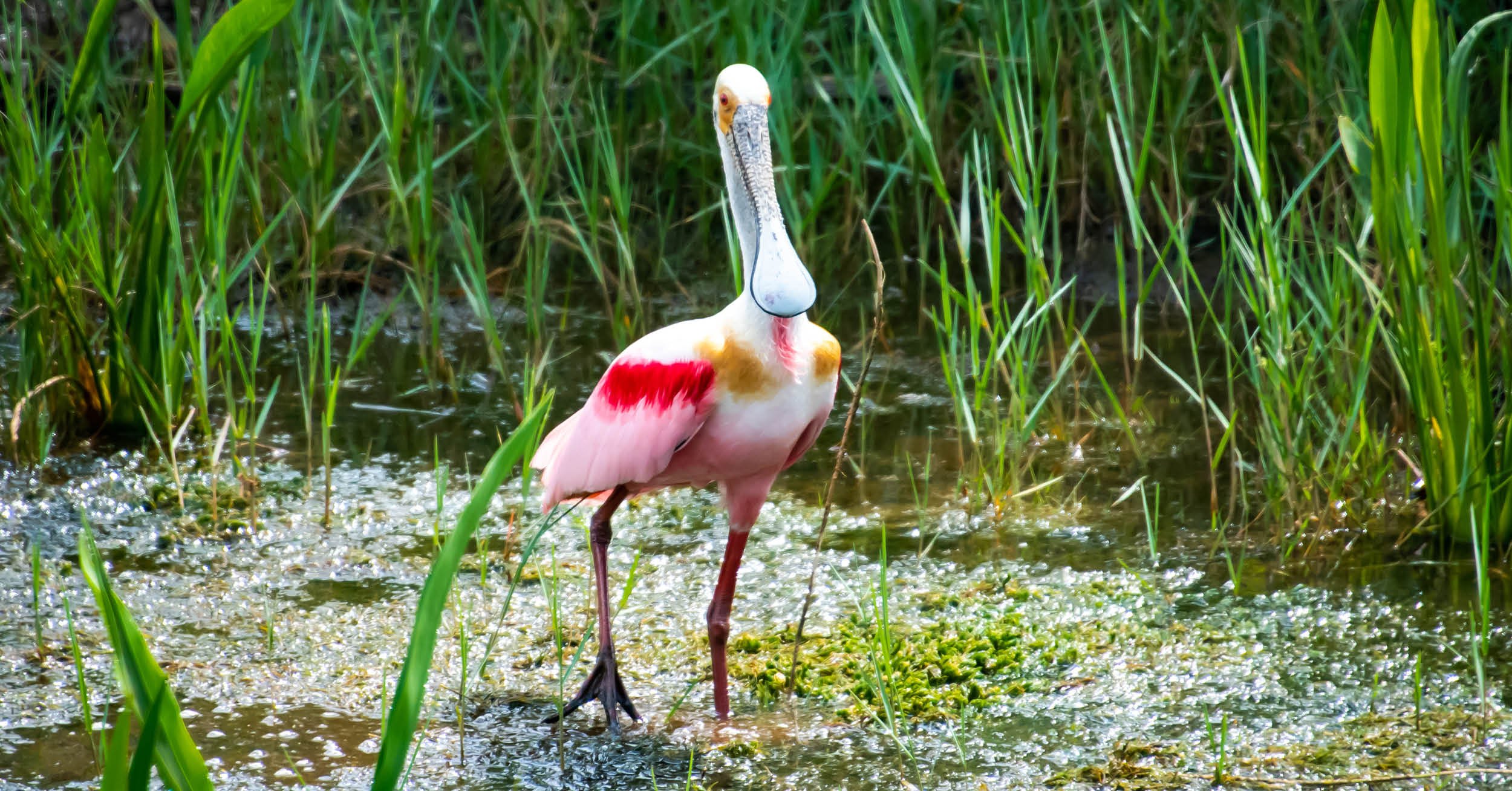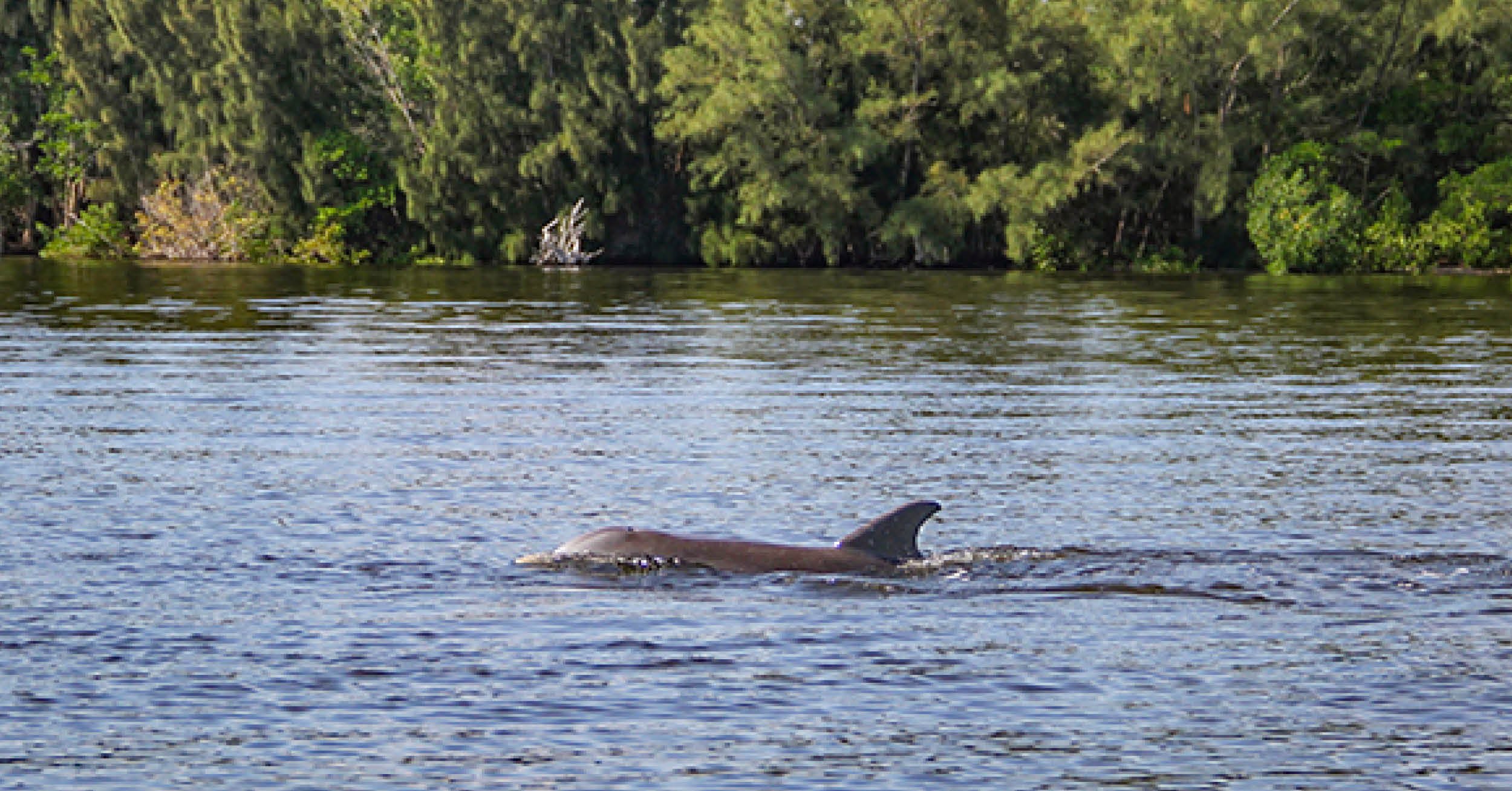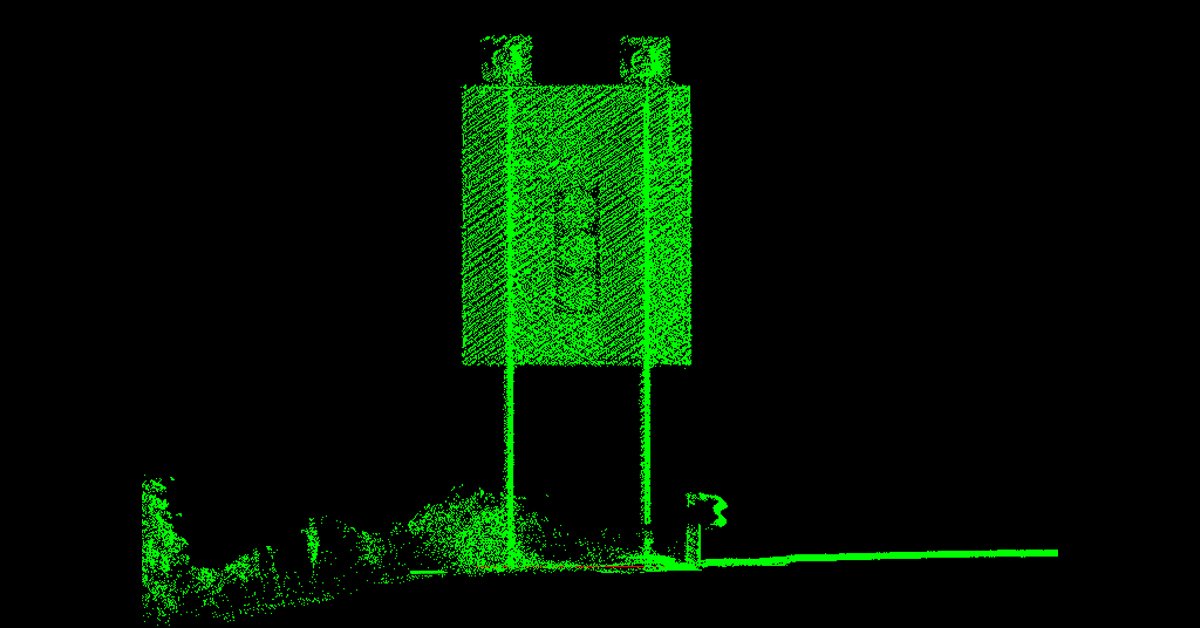Wetlands – water-saturated, low-lying areas of land – provide critical wildlife habitat and environmental benefits that are important for a healthy ecosystem. However, development, if not carefully and thoughtfully planned, can contribute to wetland loss. That’s why striking a balance between proposed development and environmental protection is essential.
In recognition of their importance, World Wetlands Day is celebrated on Feb. 2 each year to raise awareness about the benefits of wetlands and promote their conservation.
DRMP's Environmental Services offers extensive expertise, including wetland delineation, impact assessment, and mitigation planning to ensure projects comply with state and federal environmental regulations. As an Environmental Project Manager at DRMP, I frequently work with project engineers to avoid and minimize the impacts of projects on wetlands.
Recently, as a subconsultant to KZF Design, DRMP helped prepare infrastructure development plans for Cape Canaveral Space Force Station (CCSFS) and Patrick Space Force Base (PSFB), located along the Atlantic Coast in Brevard County, Fla., to support a projected increase in space launch operations.
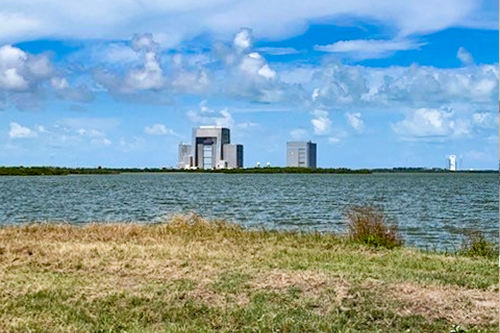
Part of our work focused on evaluating how the proposed infrastructure upgrades could impact wetlands and other environmental resources. For the success of this project, we were responsible for preparing facility development plans and ensuring future development sites are carefully chosen to avoid wetland impacts.
Infrastructure Planning with Environmental Considerations
In 2020, the United States Space Force (USSF) identified creating and improving infrastructure as a top mission priority. A vital part of this mission was ensuring the infrastructure at CCSFS and PSFB could support an increase in launch operations, including manned spaceflight, military missions, and commercial payload services.
To optimize infrastructure improvements and minimize environmental impacts, USSF contracted with KZF Design and DRMP to develop short- and long-range development plans for CCSFS and PSFB. This two-year planning process included collecting and compiling stakeholder input, conducting a comprehensive assessment of current conditions and mission capability gaps, and developing a geographic information systems (GIS) database of developmental constraints.

Planning constraints are man-made or natural features that can significantly limit the construction or operation of buildings, roads, utilities, airfields, training areas, and other facilities. GIS mapping helped planners and stakeholders look at these constraints all together to find areas suitable for new development or redevelopment to support growth. Examples of constraints include wildlife habitats, safety zones, flood-prone areas, cultural sites, and wetlands or surface waters.
Minimizing Environmental Impacts
Taking environmental planning a step further, DRMP also prepared environmental assessments (EAs) to accompany development plans for CCSFS and PSFB. By addressing environmental concerns upfront and including National Environmental Policy Act (NEPA) documentation, the EAs pave the way for faster implementation of infrastructure improvements to support the USSF’s mission. NEPA is a law that requires federal agencies to assess the environmental impact of major actions before making decisions and to inform the public about their decision making.
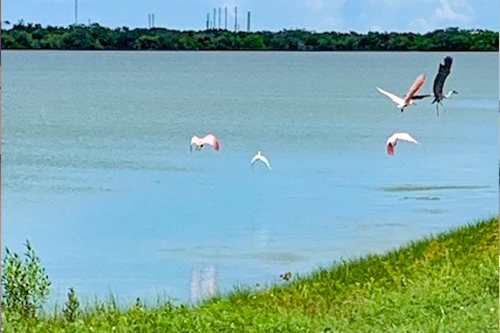
The EAs provided a detailed analysis of 14 resource areas, including water and biological resources, and outlined mitigation measures to minimize negative effects on the environment. This involved coordination with several regulatory agencies, including the U.S. Army Corps of Engineers, U.S. Fish and Wildlife Service, and St. Johns River Water Management District, to ensure environmental protections were built into the project plans.
As projects advance to design and construction, DRMP provides ongoing support to the USSF in fulfilling environmental commitments within the EA, including mitigation for unavoidable impacts to wetlands. Wetland mitigation, designed to prevent net wetland loss, may involve the purchase of wetland mitigation credits, replacement of surface waters in-kind following construction, or on-site wetland restoration/construction. With a commitment to environmental stewardship, mission advancement and wetland preservation can go hand in hand.
To learn more about DRMP's Environmental Services, click here.


